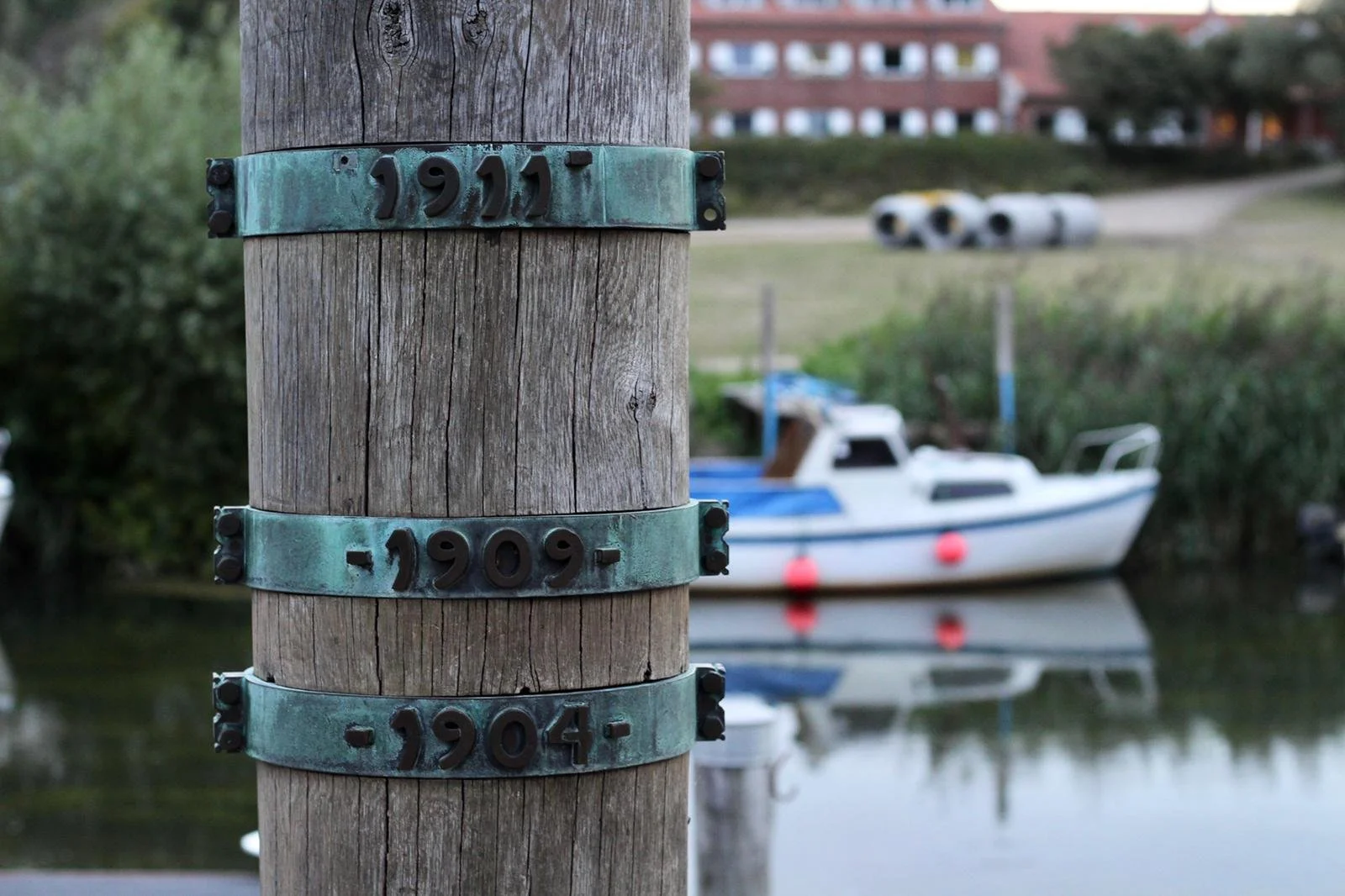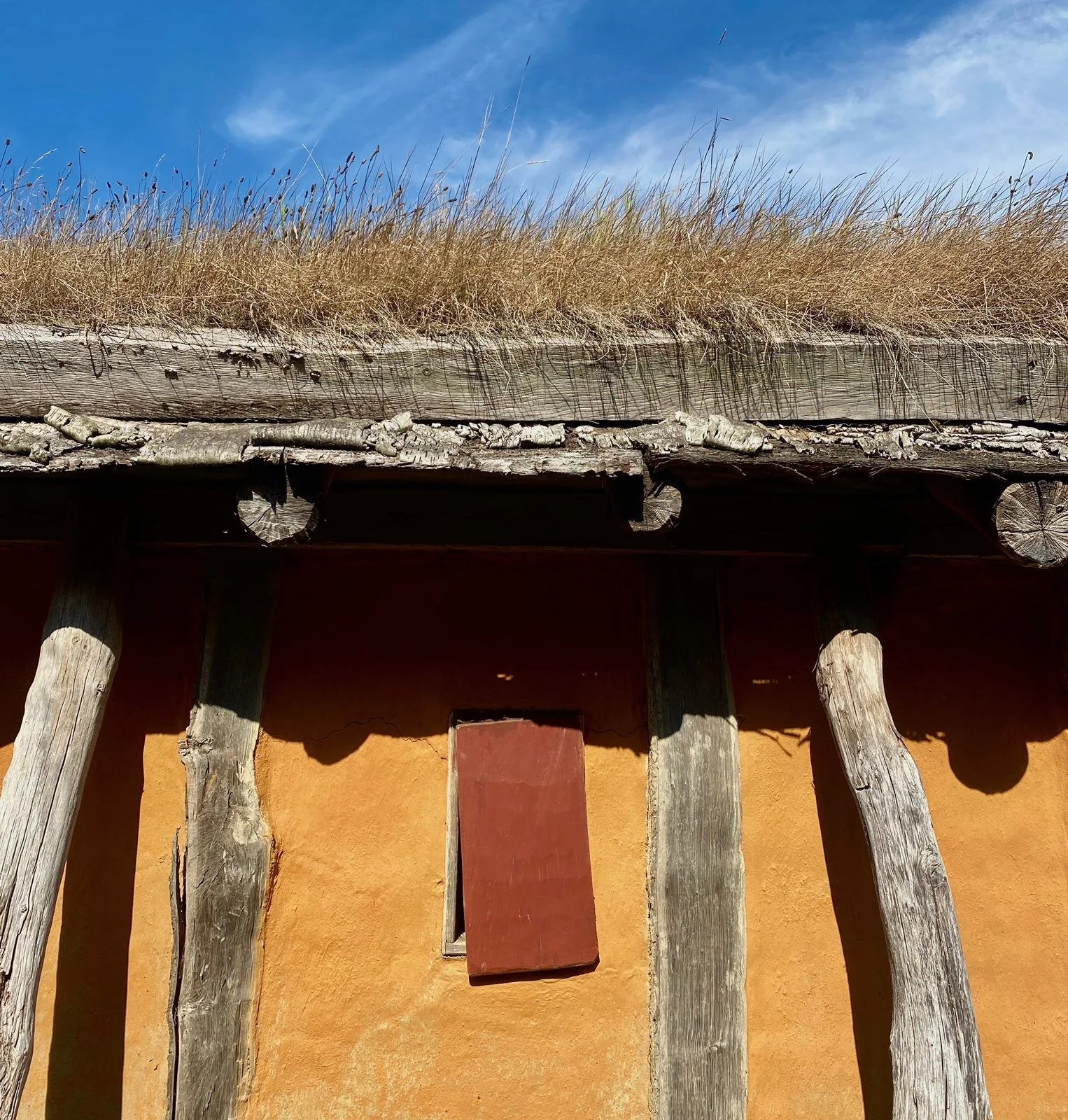Resilience in Scandinavia’s Oldest Town
Cities around the world are under pressure to create plans and initiatives that respond to looming climate risk factors such as extreme heat, floods, and fires. Some are farther ahead than others in their “climate resilience” plans, which is defined as the ability to prepare for and bounce back from climate-related disasters.
Copenhagen, Denmark built the world's first climate-resilient neighborhood and was recently voted the most sustainable city in the world due to their progressive environmental policies and green infrastructure. While Copenhagen is the pinnacle of sustainability for large metropolitan areas, lessons hiding in the resilient spirits of small towns, where communities have remained afloat in times of environmental crisis for centuries, are often overlooked.
Travel 300 km west of Copenhagen to the coast of Denmark’s Jutland region and you will find Ribe – Scandinavia’s oldest town with a population hovering around 8,000. A local author remarks that after Ribe’s role faded as a center for trade and religion in medieval times, the town became and remains frozen in time. The old painted houses, cobblestone streets, and river mills seem to have remained unchanged for centuries, save for some paint flakes and new bus stops. What is less obvious when wandering through the narrow streets of the idyllic town are the layered stories of environmental resilience and adaptation to challenges that the people of Ribe have met since the town’s inception in 725 AD. This was the time of the Vikings, where harsh climatic conditions, as today, greatly determined culture, economy, and development.
Ribe – Scandinavia’s oldest town . Photography by Abigail Lambert
Massive coastal storms leading to dangerous flooding have been recorded in Ribe for centuries, the worst of which are noted on the town’s “Flood Column,” where the 1634 flood mark stands 6 meters overhead. Town fires were also no stranger to the community of Ribe, and the ‘Night Watchman,’ who informs visitors of Ribe lore, describes the fire of 1580 which burnt over 200 homes to the ground. In these days, the town’s firemen warned residents of fire with the church bells, to which each house responded by putting a bucket of water on their doorstep and a candle in their window. While there are more efficient ways to respond to town fires today, Ribe’s history of collective efforts in response to disaster and community remains.
The town’s “Flood Column”. Photography by Abigail Lambert.
The Saturday market where local farmers, artisans, and musicians gather in the town mirrors the lively Viking marketplace which stood in the same place a thousand years prior. Although Ribe’s retention of their medieval past makes it appear worlds apart from Denmark’s more urban areas, the town is still integrated into modern climate resilience plans. In the 70s, a series of dikes were built to protect the town from destructive floods. As you head out of the cobblestone street towards the Wadden Sea, the farms in the horizon are dotted with wind turbines. In the Esbjerg Municipality which encompasses Ribe, Energinet, a renewable energy company, has begun to install underground cables to prepare for increasing amounts of renewable energy from wind turbines and solar cells.
There is a confluence of historical and modern adaptation that pervades in Ribe. Models of Viking homes in the area have grassy vegetation growing on their roofs that closely resemble green roof infrastructure implemented for climate resilience in large cities today. It is understood that complex climate challenges require swift adaption and technology advances, but less discussed are the roles of communities and culture in these plans. As in Ribe, the heart of resilience comes from a community that holds shared values to preserve the well-being and culture of both people and the natural environment they live within.
Viking homes with grassy vegetation growing on their roofs. Photography by Abigail Lambert.
A new study from the Geological Survey of Denmark and Greenland projects that if the emissions of greenhouse gases continue to rise through the 22nd century, the municipality where Ribe resides will face sea levels 89 cm higher than we see today. A common belief of sea-faring people in this town holds that “only a fool does not respect the sea.”
There is something to be learned from this air of reverence for sea, land, and neighbor in Ribe. A culture of resilience is not only built by green infrastructure and legislation, but by the myriad of communities who know deeply the connection between their home and local environment.



